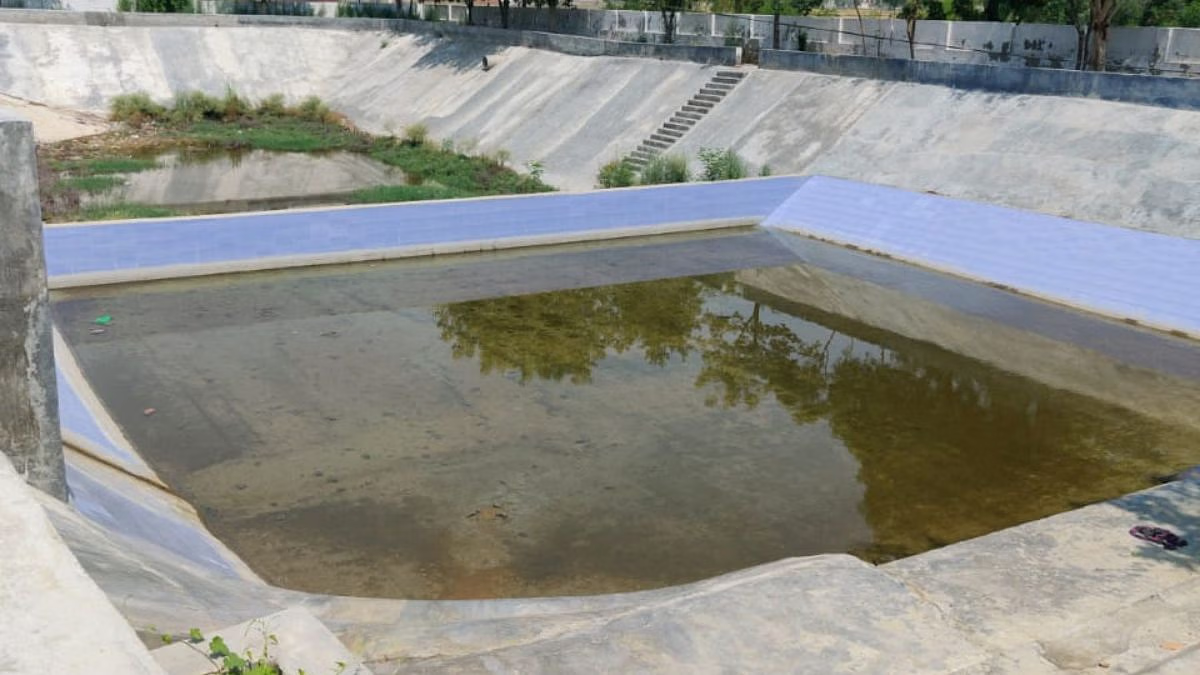A village in Delhi’s south-west district, has brought into sharp focus the troubling gaps in urban development planning and environmental accountability. The Environment Ministry, in its recent response to the National Green Tribunal (NGT), stated that the responsibility for preserving and maintaining the wetland lies with the Delhi government, not the central authority.
The statement follows widespread outrage over the construction of Urban Extension Road-II by the National Highways Authority of India (NHAI), which activists claim has effectively obliterated a notified pond listed among Delhi’s legally protected water bodies.
The case reached the NGT after a 2024 media report spotlighted the issue, prompting the tribunal to take suo motu cognisance. According to the Ministry of Environment, Forest and Climate Change (MoEFCC), the legal stewardship of wetlands falls within the ambit of state governments, as per the Wetlands (Conservation and Management) Rules, 2017. These rules replaced the erstwhile central regulatory framework and granted enforcement powers to state-level wetland authorities. The ministry cited that over 2.3 lakh wetlands were identified across India in a 2021 national inventory, all of which are under the protection of their respective states.
The Goyla Khurd incident reveals a disquieting contradiction in governance. While the Environment Ministry has deflected responsibility onto the Delhi government, city-based authorities like the Delhi Pollution Control Committee (DPCC) and the state’s Wetland Authority have already pointed fingers at the Delhi Development Authority (DDA)—the agency responsible for transferring the pond land to the NHAI. The DDA’s role in permitting highway construction on ecologically sensitive land raises questions about inter-agency coordination and the erosion of environmental safeguards in the name of infrastructure growth.
Delhi’s wetlands, once crucial for flood control, groundwater recharge, and biodiversity, have suffered years of neglect and encroachment. The Goyla Khurd pond, listed among more than a thousand protected water bodies in the city, had legal status that should have prevented its use for non-wetland purposes. Under current wetland rules, prohibited activities include construction within a 50-metre radius of the high flood line, dumping of waste, industrial discharge, and any conversion for infrastructure development. Yet, the construction of a national highway has gone ahead, not only violating these safeguards but also setting a dangerous precedent for other urban areas struggling to balance growth with ecological preservation.
The case reflects a systemic failure in enforcement, where paper protections exist but are overridden by bureaucratic decisions and infrastructure ambitions. It underscores the urgency of aligning development priorities with climate resilience goals, especially as Delhi contends with recurring floods, groundwater depletion, and disappearing green zones. Environmentalists argue that the loss of even one pond is irreversible in an urban fabric already fraying under ecological pressure.
As the tribunal reviews the matter, residents and activists await a decision that could shape how wetlands are treated in future infrastructure planning. While jurisdictional clarity is essential, what’s at stake is not just the division of responsibility but the city’s long-term sustainability. If protected ponds can be converted into roads with impunity, it casts a dark shadow over the idea of equitable, eco-sensitive urban development.




